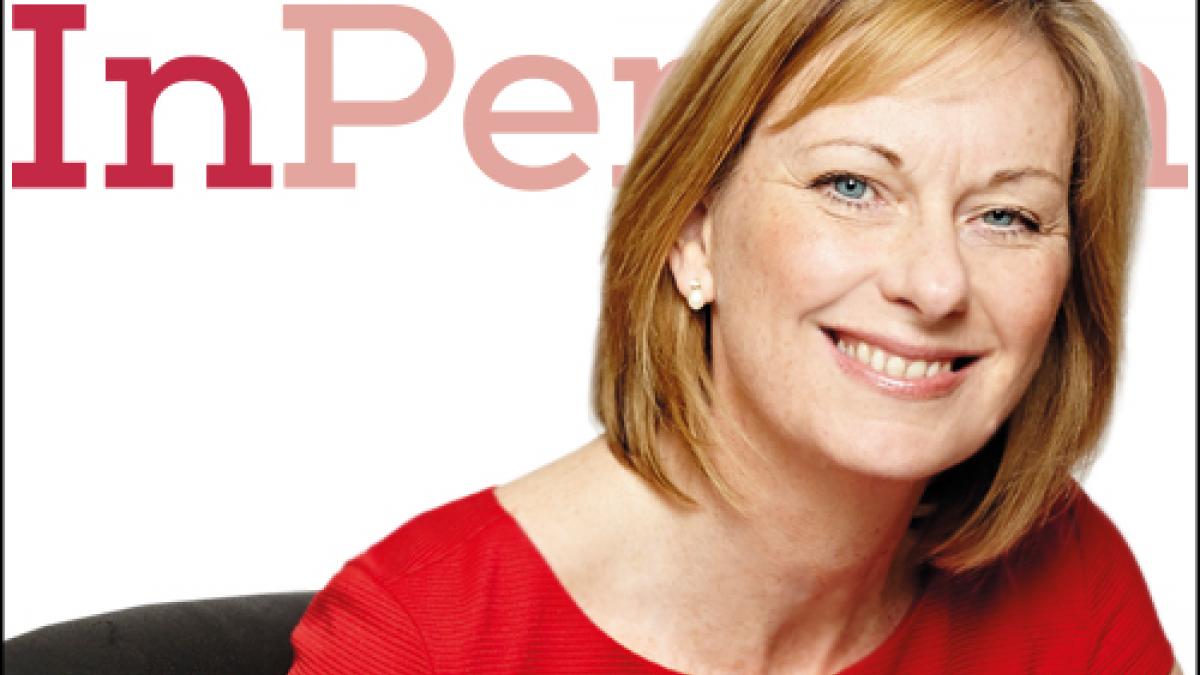Getting the physio student numbers right is vital if healthcare provision is to match the future needs of patients in the UK says CSP chief executive Karen Middleton.

We all know how important it is to have an appropriate number of physio staff on duty to run a good quality service for our patients. But it’s not something that happens by magic. It needs to be properly planned for, often as much as a decade in advance. It also needs vision, an understanding of epidemiological factors and a grasp of the way our profession may need to adapt to meet future need.
That’s why the CSP has taken a lead on this crucial workforce planning issue. Council has identified the need for an adequate, properly trained workforce as one of CSP’s key strategic priorities. In particular it’s taken a lead in calling for 500 more physios to be trained a year by 2019 to meet growing demand.
It’s a tall order in the current climate. Over the last six months, we’ve seen too few physios in some areas, increased demand for more physiotherapy posts and increasing need for our services as the population grows older. All this against a backdrop of reducing the money for training, pre- and post-registration.
Operational issues
There are other operational issues too: downbanding, limits on the use of agency staff, terms and conditions under threat … I am sure you can add to the list. But, as a leader of the profession, the CSP wants to give a vision of what we should aspire to – despite the threats.
Last summer, for instance, we became aware that the Westminster government might remove the student bursaries for physiotherapists and other health care practitioners. The government wanted to switch to the system used to fund all other degrees: tuition fees and student loans.
Then, on 23 December 2015, Health Education England announced a cut in NHS-commissioned physiotherapy student places for 2016/17 of 6.7 per cent. That’s 104 fewer training places.
Education and student funding
The emerging picture is a complex one. We have, through the CSP committees, networks, e-bulletins and Frontline, kept members abreast of what is happening. We also facilitated a debate about the student bursary issue at our PUK conference in October. See the Education and student funding Education and student funding webpage for details.
The CSP Council then debated the bursary issue at its meeting in December, having listened to all the arguments and issues from members who had engaged in the debate. The priority for Council was to ensure the future viability of the profession and consider what path was likely to increase numbers.
It decided that the proposed change to funding, unpalatable though it was, might lead to more student places. But it also wanted to ensure people from all walks of life should still have a chance to study to be a physiotherapist.
The workforce data model
There is no doubt that it was a difficult call, but leadership is all about taking those difficult decisions – weighing up the arguments, the data and the likely implications of taking a stance, knowing full well that the outcome was unlikely to be popular for all.
Whatever work is done on members’ behalf to influence at national level, local influencing about need and demand is crucial to the debate.
The CSP staff can produce the tools like the workforce data model which helps you to project supply and demand for the physiotherapy workforce until 2030.
As a member, you need to use it to demonstrate to local stakeholders the demand for physio services, both in the NHS and independent sector.
It is vitally important you have these conversations with your local providers of healthcare and workforce planners. If you don’t, assumptions will be made and decisions will be taken on training numbers based on historical data shaped by outmoded views of what our profession can do. It’s up to all of us to inform that debate.
While the CSP can provide a lead, we need each member to take up this challenge. If we fail to do this, we put the profession in jeopardy, perhaps for another decade.
More crucially, we limit the ability of the healthcare system to really improve the quality of people’s lives.
Author
Karen Middleton
Number of subscribers: 1




































